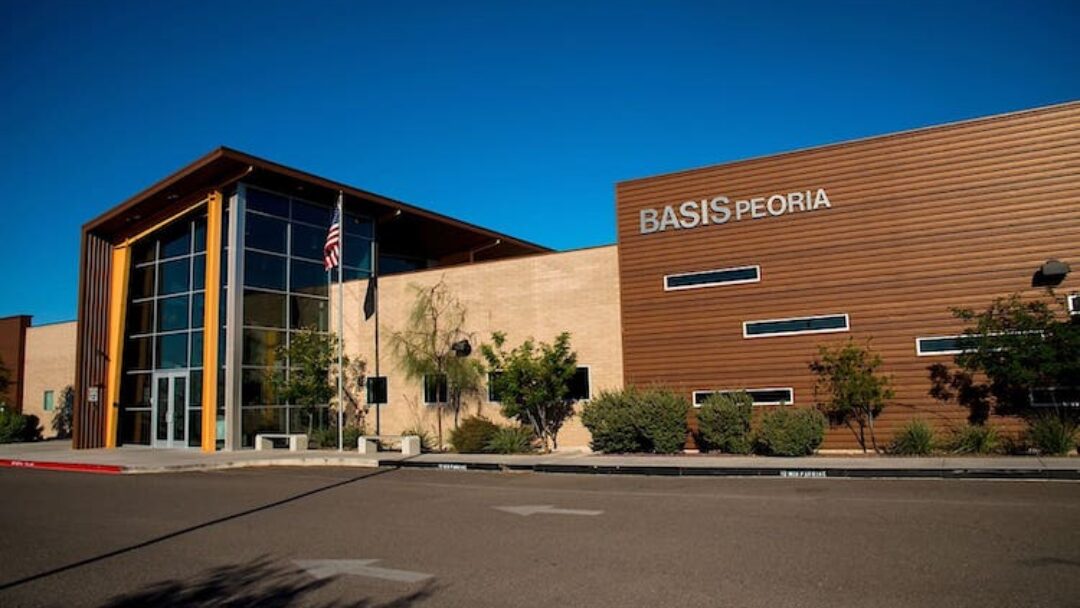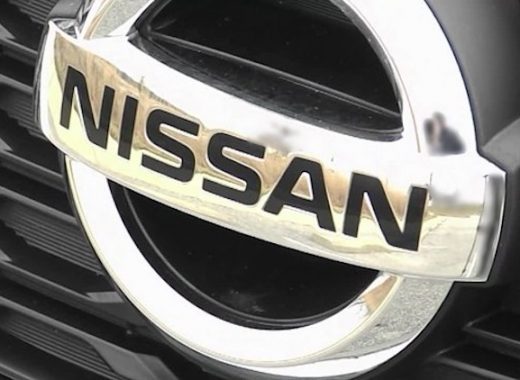According to a recent ranking, a charter school based in Peoria has been named as the number one public high school in the country.
In the 2024 rankings of top public high schools by U.S. News & World Report, BASIS Peoria claimed the first spot in the nation, moving up from its previous 12th place ranking.
A total of twelve high schools from Arizona were listed among the top 100 positions in the ranking.
The BASIS charter school network consisted of 10 schools, with Peoria (first), Oro Valley (24th), Scottsdale (32nd), Tucson (33rd), Ahwatukee (34th), Phoenix (45th), Mesa (56th), Prescott (75th), Chandler (84th), and Flagstaff (94th). In addition, there were two district schools, University High School in the Tucson Unified School District (81st) and University High School in the Tolleson Union High School District (83rd).
According to the rankings, BASIS Peoria and BASIS Oro Valley were both ranked in the top five charter schools in the nation, while BASIS Peoria and BASIS Chandler were also listed among the top five high schools for STEM education.
According to the recently published 2024 rankings, approximately 18,000 public schools throughout the nation were assessed on Tuesday.
The metro Phoenix area’s top schools were ranked by U.S. News & World Report, which included six BASIS schools and University High School in Tolleson. Additionally, Arizona College Prep in the Chandler Unified School District, Gilbert Classical Academy in the Gilbert Unified School District, and Phoenix Union Bioscience in the Phoenix Union High School District were also among the top ten.
What was the process used to determine the rankings?
As per U.S. News & World Report, the rankings were based on six criteria, utilizing statistics from the 2021-22 academic year. Each criteria was given a designated weight.
- College readiness (30%): This category considered the proportion of students who took at least one Advanced Placement (AP) or International Baccalaureate (IB) test by their senior year, as well as those who achieved a qualifying score (AP score of 3 or higher, or IB score of 4 or higher) on at least one test by the end of their senior year.
- College curriculum breadth (10%): This factor took into account the percentage of 12th graders who took and passed multiple AP or IB exams.
- State assessment proficiency (20%): This aspect assessed students’ proficiency in math, reading, and science on statewide assessments.
- State assessment performance (20%): This measure compared a school’s assessment scores to what was predicted for a school with similar demographic characteristics in the state. Schools that performed well on this indicator were those whose scores exceeded expectations.
- Underserved student performance (10%): This indicator evaluated the scores of Black, Hispanic, and low-income students on state assessments and compared them to the average scores of non-underserved students in the state.
- Graduation rate (10%): This category looked at the graduation rates of students who started high school in the 2018-19 school year and completed it within four years.
According to analysis of the 2022-2023 U.S. News and World Report high school rankings, the top-performing schools were predominantly located in more affluent areas and had a higher proportion of white and Asian students compared to the average Arizona school. In the 2024 rankings, approximately 43.6% of students in the top 100 schools in Arizona were Asian, while this demographic only accounted for around 3% of the state’s overall student population. Similarly, white students made up approximately 29% of the top schools, compared to around 34% in the state as a whole.
According to the rankings, BASIS Peoria ranked first in the nation, but its demographics differed from those of the public school district in the same area. In the Peoria Unified School District, the student body consisted of approximately 38.5% Hispanic, 47% white, and 3% Asian. On the other hand, BASIS Peoria had a much higher proportion of Asian students at 70%, followed by 15% white students and 6% Hispanic students.








